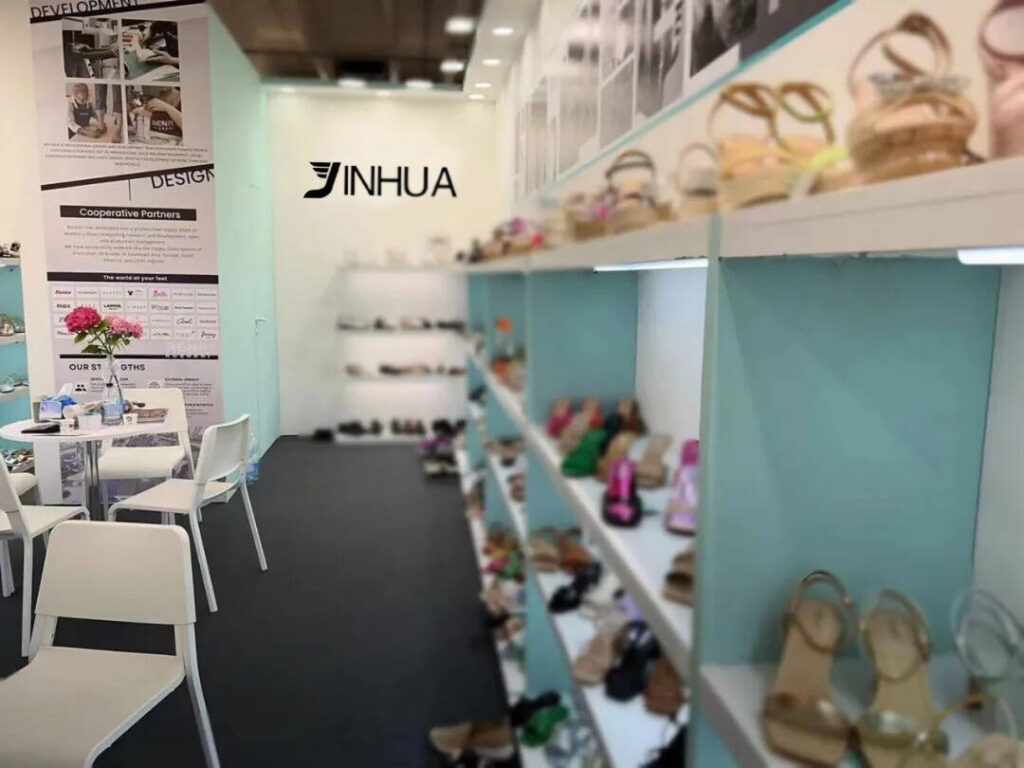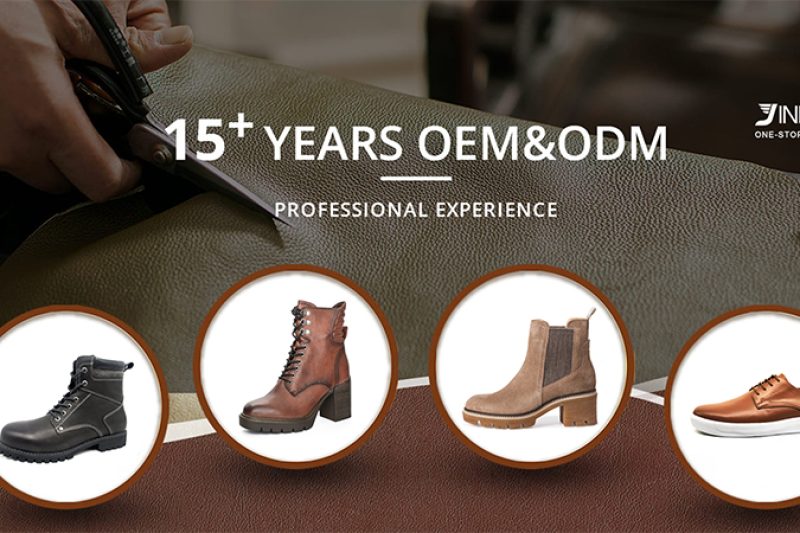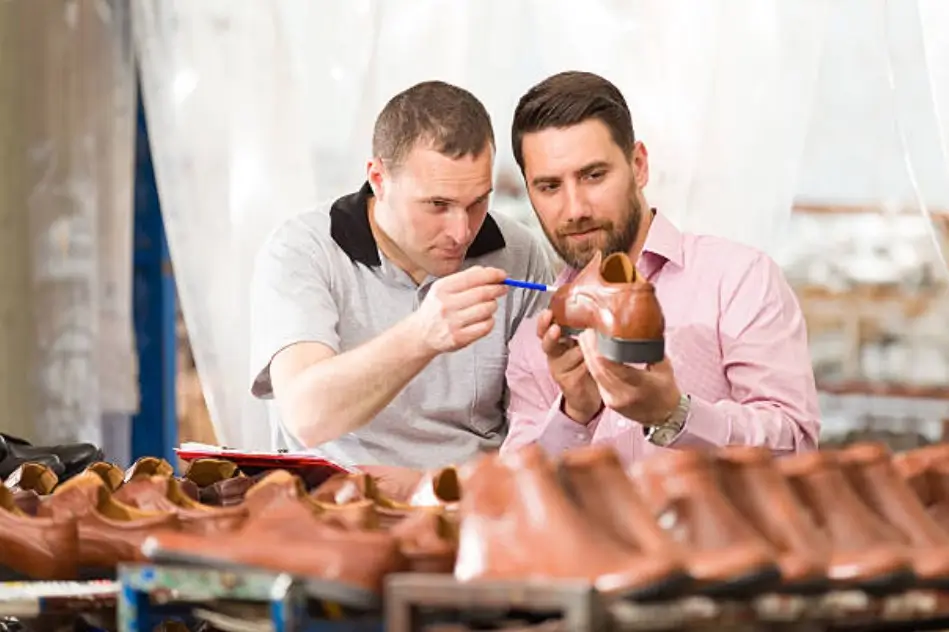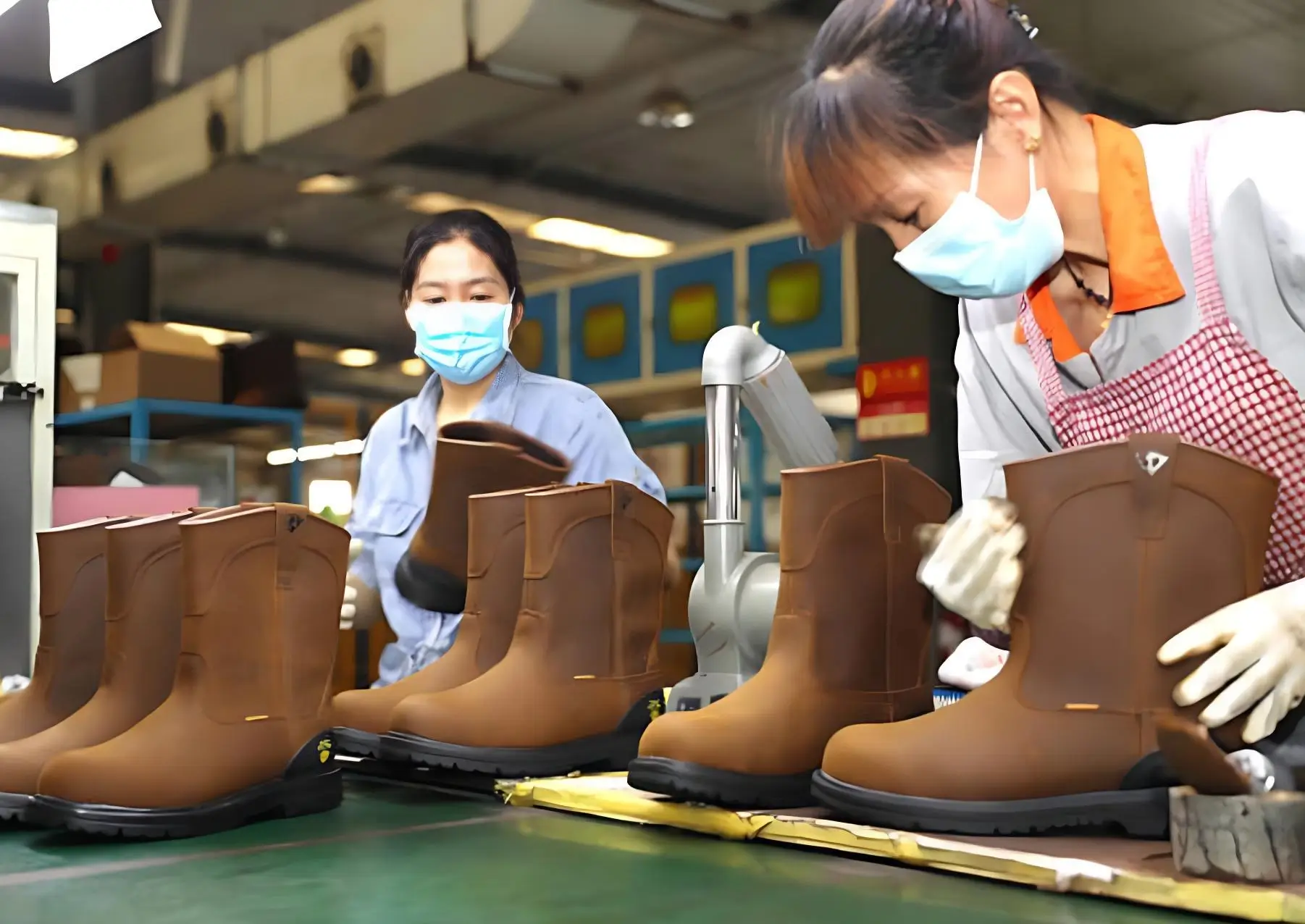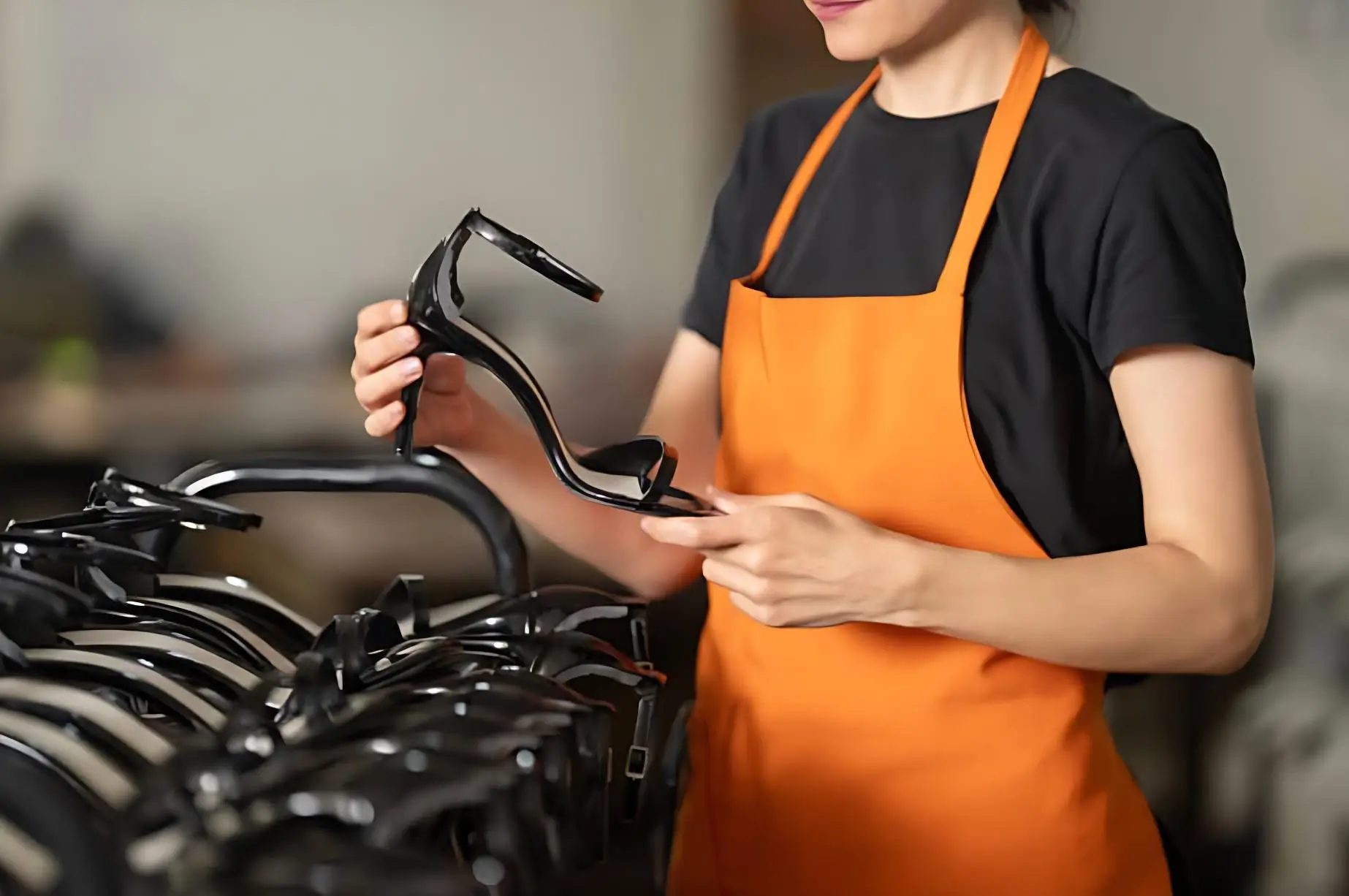As a brand owner or a wholesale buyer, you know that your choice of leather shoe manufacturer is one of the most critical decisions you will make. It’s a decision that goes far beyond just finding a supplier; it’s about finding a partner who can truly elevate your brand. The right partner can help you build a reputation for quality, command a higher price point, and earn the loyalty of your customers. The wrong one can lead to quality issues, damaged brand reputation, and lost profits.
I’ve been in the shoe manufacturing business for over 15 years, and I’ve seen firsthand how a strategic approach to choosing a manufacturing partner can be a game-changer for a brand. In this comprehensive buyer’s guide, I’ll break down the entire process of choosing a leather shoe manufacturer, from evaluating leather quality to assessing craftsmanship and ethical standards. This is your playbook for building a more resilient, valuable, and profitable footwear business.
The Foundation of Value: Understanding Leather Quality
Everything starts with the leather. The quality of the leather a manufacturer uses is the single most important factor that will determine the final quality, durability, and perceived value of your shoes. A great design made with poor quality leather will still be a poor quality shoe.
Full-Grain Leather: The Gold Standard for Luxury Brands
What it is: Full-grain leather is the highest quality leather available. It comes from the top layer of the hide and includes all of the natural grain and imperfections.
Commercial Insight: This is the top-tier choice for brands that want to communicate a message of uncompromising quality and durability. It’s the leather that develops a beautiful, rich patina over time, which is a key selling point for discerning customers who are willing to invest in a product that will last a lifetime.
Strategic Recommendation: If you are building a luxury or high-end brand, you should insist on using full-grain leather. It will have a higher upfront cost, but it will allow you to command a much higher retail price and will build a strong reputation for quality.
Top-Grain Leather: The Smart Choice for Balancing Quality and Cost
What it is: Top-grain leather is the second-highest quality. The top surface has been sanded and refinished to remove any imperfections.
Commercial Insight: This is an excellent choice for brands targeting the “affordable luxury” or premium mass-market segment. It offers a great balance of a high-end look and a more accessible price point. It has a more uniform, smooth finish than full-grain leather and offers better stain resistance.
Strategic Recommendation: If your brand is focused on delivering a high-quality product at a competitive price, top-grain leather is a fantastic option.
Genuine and Bonded Leather: A Warning for Serious Brands
What they are: These are lower grades of leather. “Genuine leather” is made from the layers of the hide that are left after the top is split off. “Bonded leather” is made from leftover leather scraps that are shredded and bonded together with polyurethane.
Commercial Insight: While the names might sound appealing, these are lower-quality materials that will not stand the test of time. They are much less durable than full-grain or top-grain leather.
Strategic Recommendation: I strongly advise any serious brand to avoid these materials. Using them can damage your reputation for quality and lead to customer complaints and returns. A great leather shoe manufacturer will be transparent about the grades of leather they use.
How JINHUA Can Help: We have deep relationships with some of the best tanneries in the region. We are experts in sourcing a wide range of high-quality full-grain and top-grain leathers to meet the specific needs and target price points of our brand partners.
The Soul of the Shoe: Craftsmanship and Construction
Once you have chosen the right leather, the next critical factor is how the shoe is put together. The construction method is the “soul” of the shoe. It determines its durability, its flexibility, its repairability, and its overall character.
Goodyear Welt: The Hallmark of a High-End, Repairable Shoe
What it is: A Goodyear welt is a traditional, labor-intensive construction method. A strip of leather (the “welt”) is stitched to the upper and the insole, and then the outsole is stitched to the welt.
Commercial Insight: A Goodyear welt is more than just a construction method; it’s a powerful marketing statement. It tells your customers that you have invested in a product that is built to last. A Goodyear welted shoe can be resoled multiple times, which is a huge selling point for customers who are looking for a sustainable and valuable product.
Strategic Recommendation: If you are building a high-end brand, a Goodyear welt is a fantastic way to differentiate your product and justify a premium price point.
Blake Stitch: The Choice for Sleek, Elegant Designs
What it is: In a Blake stitch construction, the upper is stitched directly to the outsole from the inside.
Commercial Insight: This method creates a more flexible and lightweight shoe with a very close-trimmed sole. It’s the perfect choice for elegant dress shoes where a sleek, modern silhouette is key.
Strategic Recommendation: If your brand is focused on modern, elegant, and fashion-forward designs, a Blake stitch is an excellent choice.
Cemented Construction: The Method for Speed and Affordability
What it is: This is the most common method for mass-market footwear. The outsole is attached to the upper using a strong adhesive.
Commercial Insight: Cemented construction is fast and cost-effective. However, it does not offer the same durability or repairability as a stitched construction. The key to a good cemented shoe is the quality of the adhesive and the rigor of the bonding process.
Strategic Recommendation: If you are targeting a more accessible price point, cemented construction is a good option. However, it is critical that you work with a manufacturer who has a proven track record of a high-quality bonding process to avoid delamination issues.
How JINHUA Can Help: Our skilled artisans are experts in a wide range of construction methods, from traditional Goodyear welting to modern cemented construction. We can work with you as a consultant to help you choose the right construction method to match your brand’s aesthetic, your quality standards, and your target price point.
Beyond the Product: The Importance of a True Partnership
Choosing a great leather shoe manufacturer is about more than just the product they make. It’s about finding a true partner who can help you grow your business.
Step 1: Assess Their Reputation and Experience
Look for a Proven Track Record: How long have they been in business? What other brands have they worked with? A manufacturer with a long history and a strong portfolio of clients is a good sign.
Read Customer Reviews: What do other brands say about them? Look for reviews that talk about their quality, their communication, and their ability to meet deadlines.
Step 2: Evaluate Their Customization and Design Capabilities (OEM/ODM)
Do they offer both OEM and ODM? A manufacturer who can do both is a flexible partner.
Do they have a strong in-house R&D team? This is a sign that they are committed to innovation and can help you develop new, on-trend designs.
Step 3: Insist on Ethical and Sustainable Practices
Check for Certifications: A manufacturer who is BSCI audited (for social compliance) is a good sign.
Ask about their Material Sourcing: Can they source sustainable or LWG-certified leathers?
Step 4: Look for a Partner Who Offers More Than Just a Price
A great partner is a consultant. They should be able to offer you expert advice on everything from material selection to cost optimization.
JINHUA in Action: A Case Study in Brand Elevation
Let me give you a real-world example of how choosing the right leather shoe manufacturer can elevate a brand.
The Challenge: A US-based startup brand was struggling with their previous supplier. They had a great design for a line of men’s boots, but their supplier was delivering inconsistent quality and was often late on shipments. Their customer reviews were suffering, and their brand reputation was at risk.
The Solution: They partnered with us at JINHUA. We worked with them to re-engineer their product. We helped them upgrade their leather to a beautiful, full-grain leather. We also switched their construction method to a durable Goodyear welt.
The Result: The new, higher-quality version of their boot was a huge hit. They were able to increase their average retail price by 30%. Their customer reviews improved dramatically, with an average rating of 4.9 stars. And most importantly, they built a reputation for quality and craftsmanship that has become the foundation of their brand.
This is what a true partnership looks like.
Frequently Asked Questions
1. How does the choice of construction method (e.g., Goodyear welt) affect my final price?
A Goodyear welt is a more labor-intensive construction method, so it will have a higher factory price than a cemented shoe. However, it also has a much higher perceived value and can command a significantly higher retail price, often leading to a better profit margin.
2. What is the most common mistake brands make when choosing a leather shoe manufacturer?
The most common mistake is choosing a manufacturer based solely on the lowest price. A cheap price is often a sign of lower-grade leather, a less durable construction method, or poor quality control. This will end up costing you more in the long run.
3. How can I verify a manufacturer’s claims about their leather quality?
You should always ask for a detailed specification of the leather they are using, including the grade (full-grain or top-grain) and the tannery it comes from. You should also always get a physical sample of the shoe so you can see and feel the leather for yourself.
4. Does a more expensive shoe always mean a better shoe?
Not necessarily. A more expensive shoe should mean a better shoe. It should be made with higher quality materials (like full-grain leather) and a more durable construction method (like a Goodyear welt). A great leather shoe manufacturer will be transparent about why their product costs what it costs.
Final Takeaways: Your Action Plan to Elevate Your Brand
As we’ve explored, choosing a leather shoe manufacturer is a critical decision that will have a huge impact on your brand. Success comes from focusing on value, not just price, and finding a true partner who is as committed to your brand’s success as you are.
Focus on Value: A cheap shoe can be very expensive for your brand in the long run.
The Leather and Construction are Key: These are the two most important factors that will determine the quality of your shoes.
Find a True Partner: You need a manufacturer who is a consultant and a problem-solver.
At Jinhua Shoes, we are that partner. Since 2004, from our home in Wenzhou, China’s shoe capital, we’ve been the trusted OEM & ODM engine behind leading brands across five continents. We combine our passion for the process with a proven track record of helping brands like yours elevate their quality and their value.
If you’re ready to build a collection of premium leather boots that will elevate your brand, my team and I are here to help.
Got a project in mind? Let’s turn it into reality. Send your project details to our expert team by email to start the conversation.
📧 Email: sales@jinhuashoes.com
(You’ll get personalized expert feedback within 12 hours.)
